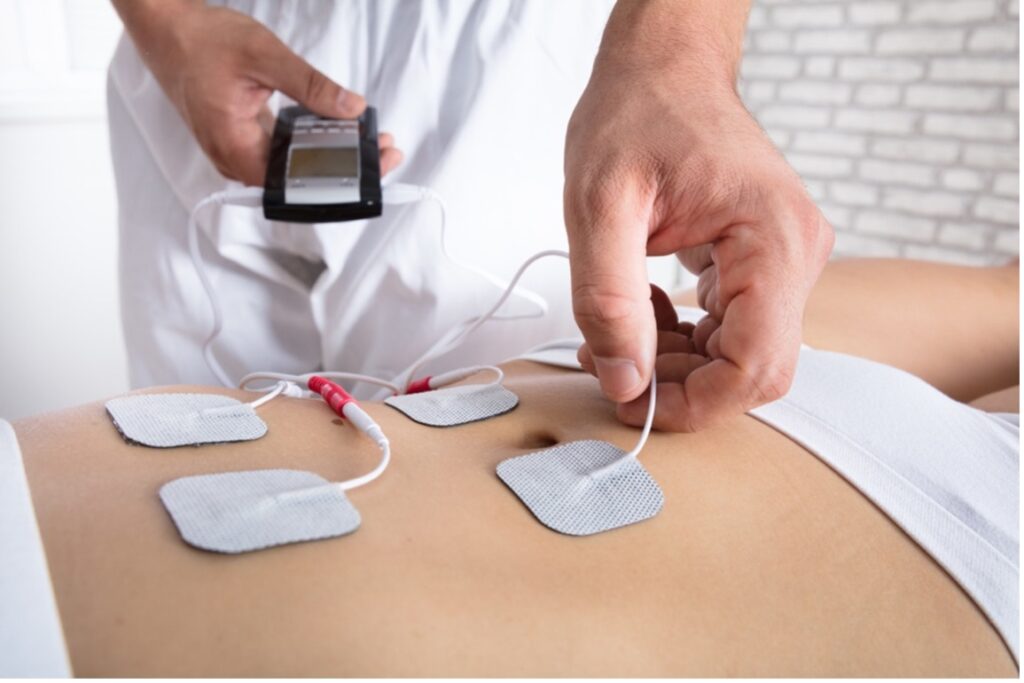How is Gastroparesis Detected and Treated

Gastroparesis is a common stomach disorder, especially in people who have had diabetes for a long time. It occurs when the stomach cannot empty properly, making the food pass through the stomach slower than usual. This condition is thought to result from a problem with the muscles and nerves that control stomach emptying.
Gastroparesis can interfere with digestion and cause abdominal pain, nausea, and vomiting in the patients. Luckily, certain procedures and dietary changes can help to effectively treat the disorder. In this article, we will explore gastroparesis, focusing more on how it is detected and treated.
What Is Gastroparesis?
Also known as gastric stasis, gastroparesis is a stomach disorder in which food stays longer in the stomach than usual. In other words, the stomach is unable to empty in the normal way. Some doctors refer to it as delayed gastric emptying.
Usually, the stomach muscles contract and grind food into tiny pieces, which are then mixed with enzymes and acids for digestion to start. After digestion, the muscles contract, pushing the food from the stomach to the small intestines. When you have gastroparesis, the stomach muscles fail to function properly, resulting in poor food grinding and slow emptying.
The most popular cause of gastroparesis is diabetes mellitus, a disease that damages the nerves that control the stomach muscles. This condition can also result from vagus nerve damage during stomach surgery. Occasionally, gastroparesis can result from nervous system reflexes like pancreas inflammation or pancreatitis. Scleroderma is also an example of diseases known to damage stomach muscles and causes gastroparesis.
Other possible causes include mineral imbalances in the blood such as calcium, magnesium, and potassium, thyroid disease, and medications like oploids and some antidepressants. In some patients, the cause of gastroparesis may not be found. This condition is known as idiopathic gastroparesis.
How Is Gastroparesis Detected?
Doctors begin by asking you about your symptoms and medical history. They also perform physical examinations like checking your temperature, blood pressure, heart rate, and any signs of dehydration and malnutrition. Besides that, they may also check your abdomen for tenderness, unusual sounds, and pain.
To determine how fast your stomach empties its content, your doctor will use upper gastrointestinal (GI) endoscopy, lab tests, and imaging tests.
Lab Tests
Your doctor can perform urine tests and blood tests to diagnose gastroparesis. Urine tests are important in showing signs of infection, dehydration, diabetes, or kidney problems. Blood tests are used to detect signs of inflammation, dehydration, malnutrition, and infections. They also tell if your blood glucose levels are below or above the normal range.
Upper GI endoscopy
This procedure provides a visual examination of the upper digestive system, stomach, and duodenum, which is the beginning of the small intestines. It utilizes a long, flexible tube with a tiny camera at the end. Upper GI endoscopy can also diagnose other conditions like pyloric stenosis or peptic ulcer disease that may have symptoms similar to gastroparesis.
Imaging Tests
Imaging tests help to show problems like intestinal obstruction or stomach blockage that could be causing your symptoms. There are two imaging tests that your doctor will likely perform: the ultrasound of your abdomen and the upper GI series.
Ultrasound
Ultrasounds utilize high-frequency sound waves to create pictures of your body organs. It can help to determine whether there are problems with your kidneys or gallbladder that could be causing your symptoms.
Upper GI Series
An upper GI series is a technique that utilizes fluoroscopy, x-rays, and a liquid called barium to get a good view of the upper GI tract. The purpose of barium is to improve the visibility of the gastrointestinal tract on an x-ray. This procedure helps a doctor discover the cause of abdominal pain, nausea, and vomiting. It also shows esophageal varices, abnormal growths like cancer, and other problems in your stomach.
Treatment for Gastroparesis
Gastroparesis can be chronic and may last longer, depending on the cause. You can manage and control it in the following ways.
Dietary Modifications
One of the effective approaches to controlling gastroparesis is to change your eating habits. You can embrace eating small meals at least six times daily instead of three bigger meals. By doing this, your stomach will not feel as full since it will have less food.
Incorporate low-residue foods like applesauce instead of taking a whole apple. Avoid high-fiber foods that are hard to digest and high-fat foods that can slow down digestion. Fibrous vegetables and fruits like broccoli and oranges may cause bezoars.
Drink enough water, about 34 to 51 ounces per day, and plenty of fluids like soups, low-fat broths, juices, and sports drinks. You should also ensure you get enough of the right nutrition. A dietician can help you find nutritious foods that are easy to digest.
It is also recommended that you avoid lying down for two hours after eating. Gravity helps digestion while keeping your food and acid from returning to your throat. You can try gentle exercises like walking.
Gastroparesis Treatment Procedures
Besides dietary modifications, your doctor may recommend other treatments for gastroparesis, like gastric electrical stimulation. This procedure attaches electrolytes to your stomach to stimulate contractions. Another effective procedure is the per-oral pyloromyotomy (POP), where your doctor cuts the pylorus valve using an endoscope, making it easier for your stomach to empty. A botulinum toxin injection like botox into your pylorus valve can also be done to relax the muscle and keep it open for easy stomach emptying.
If you struggle with diabetes, you must keep your blood sugars in control to avoid amplifying your symptoms. Your doctor may put a jejunostomy tube or a feeding tube through your belly into your small intestine. This tube directs nutrients to your small intestines without passing through the stomach, making them reach the bloodstream quicker.
While surgery is among the causes of gastroparesis, doctors may recommend gastric bypass surgery to patients with diabetes and obesity. It involves creating a small pouch at the part of the stomach and attaching it to the lower side of the small intestines. The purpose of this surgery is to limit the amount of food you consume.
In severe gastroparesis cases, patients may need parenteral nutrition or intravenous nutrition. Here, the nutrients go directly to the bloodstream through a catheter placed in one of your chest veins. This is a short-term gastroparesis treatment.
Bottom Line
Gastroparesis is a chronic condition that could affect your quality of life. If you are experiencing any if you’re experiencing gastrointestinal distress, you should seek medical attention for diagnosis and treatment.
Shore Gastroenterology Associates has several care centers offering comprehensive and quality treatment for gastroparesis and other GI disorders. Contact us today to schedule an appointment with our specialists.
© All Rights Reserved


